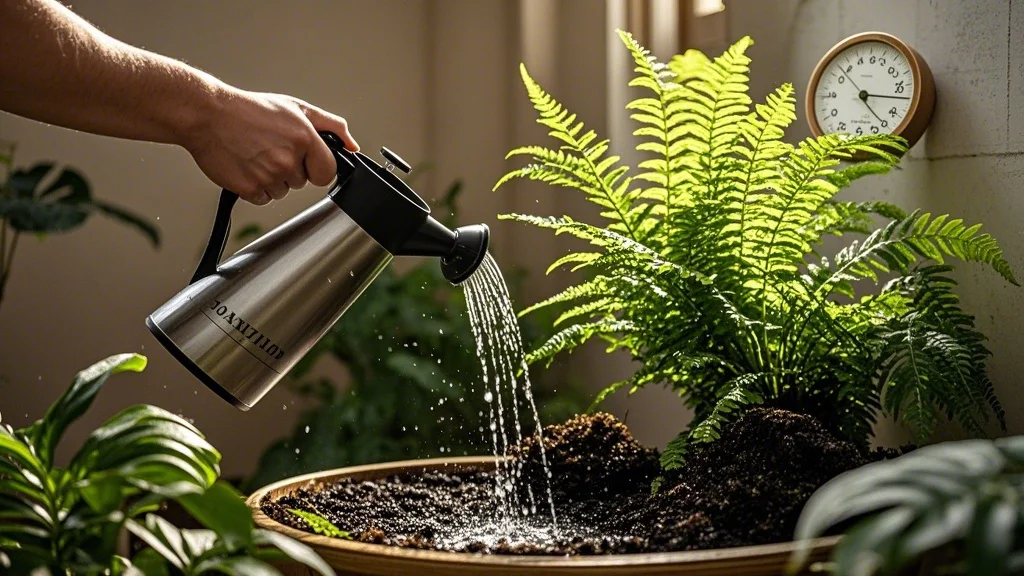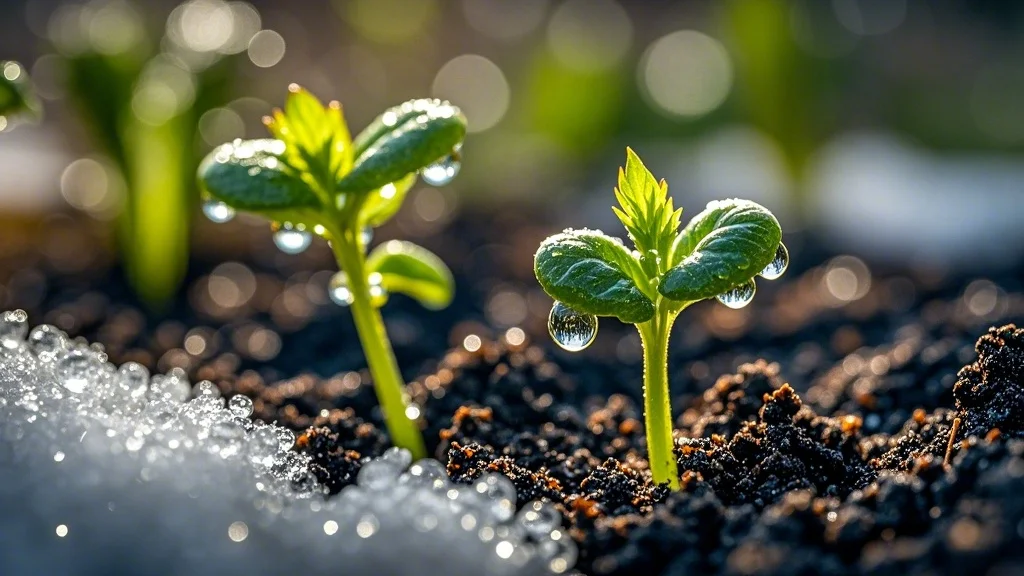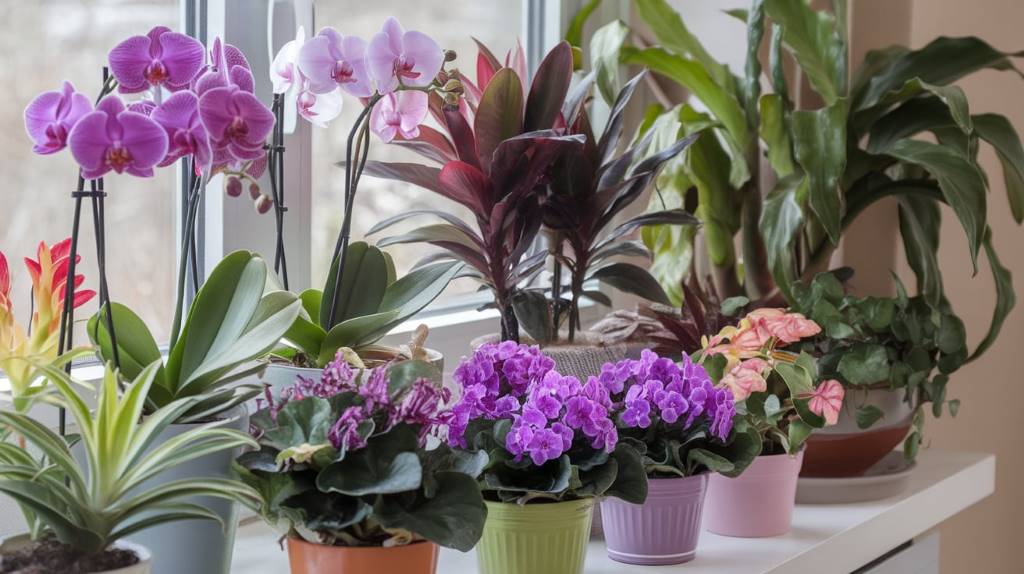As indoor plant enthusiasts, we often strive for lush, vibrant foliage that fills our living spaces with natural beauty. However, when our beloved plants start producing smaller or stunted leaves, it can be a cause for concern. This article will explore the common reasons behind reduced leaf size and provide practical solutions to help your plants regain their full, healthy appearance.
Contents
Understanding Leaf Size in Plants
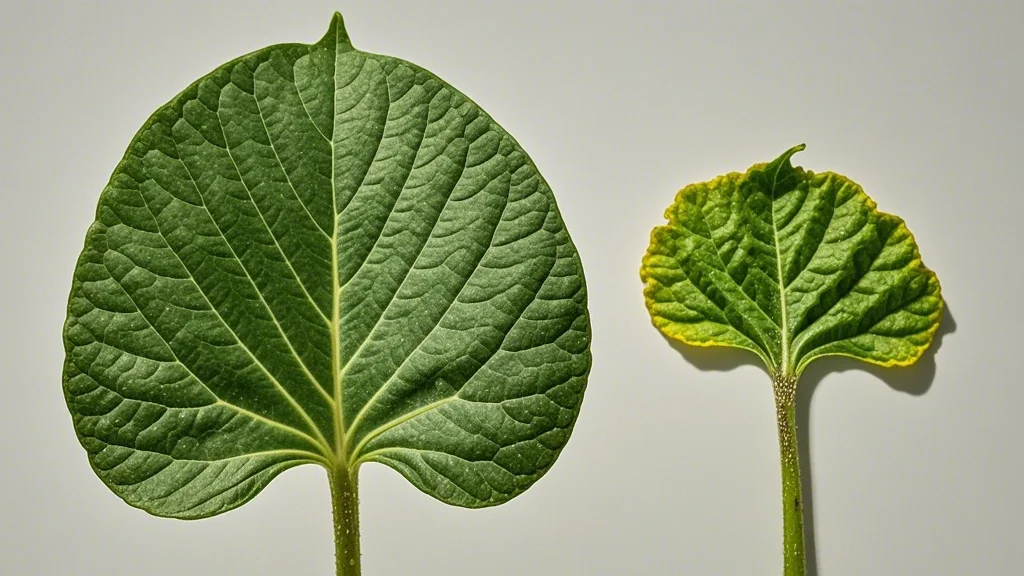
Before diving into the problems and solutions, it’s essential to understand that leaf size can vary naturally among different plant species and even within the same plant. Some factors that influence leaf size include:
- Genetics
- Plant age
- Environmental conditions
- Seasonal changes
However, when leaves consistently appear smaller than usual or fail to reach their expected size, it’s time to investigate potential issues.
Common Causes of Small or Stunted Leaves
1. Insufficient Light
One of the most frequent causes of stunted leaf growth is inadequate light. Plants require light for photosynthesis, which is crucial for energy production and overall growth.
Signs of insufficient light:
- Elongated stems
- Pale or yellowing leaves
- Slow growth
- Smaller than normal leaves
Solutions:
- Move the plant to a brighter location
- Supplement with grow lights
- Rotate the plant regularly to ensure even light distribution
2. Nutrient Deficiencies
Plants need a balanced diet of essential nutrients to thrive. When certain nutrients are lacking, it can result in smaller leaves and other growth issues.
Common nutrient deficiencies affecting leaf size:
- Nitrogen: Essential for leaf growth and chlorophyll production
- Magnesium: Important for photosynthesis and overall plant health
- Iron: Crucial for chlorophyll synthesis
Solutions:
- Conduct a soil test to identify specific deficiencies
- Apply a balanced, water-soluble fertilizer
- Consider using organic fertilizers or compost for slow-release nutrients
3. Improper Watering
Both overwatering and underwatering can lead to stunted leaf growth. Finding the right balance is crucial for healthy plant development.
Signs of improper watering:
- Wilting leaves
- Yellow or brown leaf edges
- Slow growth
- Root rot (in case of overwatering)
Solutions:
- Establish a consistent watering schedule based on your plant’s needs
- Use well-draining soil and pots with drainage holes
- Check soil moisture before watering
- Adjust watering frequency based on seasonal changes and environmental factors
4. Temperature Stress
Extreme temperatures or sudden fluctuations can cause plants to produce smaller leaves as a stress response.
Signs of temperature stress:
- Leaf drop
- Wilting
- Discoloration
- Stunted growth
Solutions:
- Keep plants away from drafty windows or air conditioning vents
- Maintain a consistent temperature range suitable for your plant species
- Use humidity trays or a humidifier to create a more stable microclimate
5. Pest Infestations
Certain pests can interfere with a plant’s ability to produce healthy, full-sized leaves.
Common pests affecting leaf size:
- Spider mites
- Aphids
- Mealybugs
- Scale insects
Solutions:
- Regularly inspect plants for signs of pests
- Use insecticidal soap or neem oil for treatment
- Isolate affected plants to prevent spread
- Prune heavily infested areas
6. Root-bound Plants
When a plant’s roots become cramped in its container, it can lead to stunted growth and smaller leaves.
Signs of a root-bound plant:
- Roots circling the bottom of the pot
- Roots growing out of drainage holes
- Slow growth despite proper care
Solutions:
- Repot the plant into a larger container
- Prune roots if necessary before repotting
- Use fresh, well-draining potting mix
7. Soil pH Imbalance
The soil’s pH level affects nutrient availability and uptake. An imbalanced pH can result in nutrient deficiencies and stunted growth.
Solutions:
- Test soil pH using a home testing kit
- Adjust pH using lime (to raise pH) or sulfur (to lower pH)
- Choose pH-appropriate fertilizers and amendments
8. Lack of Humidity
Many indoor plants, especially tropical species, require higher humidity levels for optimal growth.
Signs of low humidity:
- Crispy leaf edges
- Smaller, curled leaves
- Slow growth
Solutions:
- Use a humidity tray filled with pebbles and water
- Group plants together to create a humid microclimate
- Invest in a humidifier for larger spaces
9. Pruning and Training Issues
Improper pruning or training techniques can sometimes lead to smaller leaf production.
Solutions:
- Research proper pruning techniques for your specific plant species
- Avoid over-pruning, which can stress the plant
- Use clean, sharp tools to prevent damage and disease spread
10. Genetic or Varietal Factors
In some cases, smaller leaves may be a result of genetic factors or plant varieties bred for compact growth.
Solutions:
- Research your plant’s natural growth habits and leaf size expectations
- Consider if the plant is a dwarf or compact variety
- Adjust care routines to optimize growth within genetic limitations
Encouraging Larger, Healthier Foliage
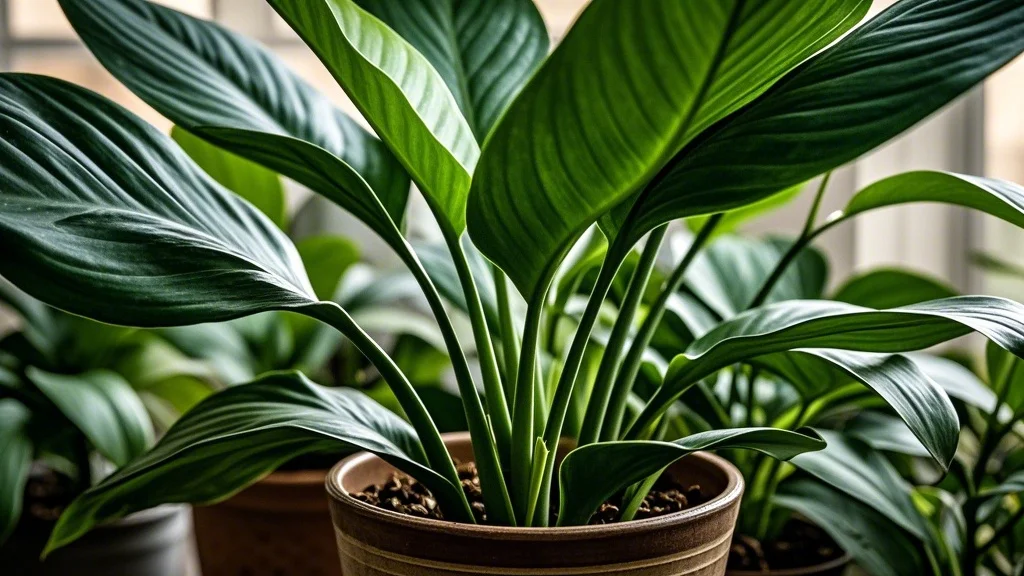
Now that we’ve explored the common causes of small or stunted leaves, let’s discuss some general strategies to promote larger, healthier foliage:
-
Optimize Light Conditions: Ensure your plants receive the appropriate amount and quality of light for their species. Use grow lights if natural light is insufficient.
-
Implement a Balanced Fertilization Routine: Feed your plants regularly with a balanced, high-quality fertilizer formulated for indoor plants. Follow package instructions for dosage and frequency.
-
Maintain Proper Watering Habits: Develop a consistent watering schedule based on each plant’s needs. Use the “soak and dry” method for most plants, allowing the top inch of soil to dry between waterings.
-
Create a Humid Environment: Increase humidity around your plants using humidity trays, grouping plants together, or using a humidifier.
-
Regular Cleaning and Maintenance: Dust leaves regularly to improve light absorption and photosynthesis. Remove any dead or yellowing leaves promptly.
-
Provide Adequate Space: Ensure your plants have enough room to grow both above and below the soil. Repot when necessary to prevent root binding.
-
Monitor and Adjust Temperature: Maintain a consistent temperature range suitable for your plants, typically between 60-75°F (15-24°C) for most indoor species.
-
Implement Integrated Pest Management: Regularly inspect plants for pests and take prompt action if any are detected. Use natural or chemical treatments as appropriate.
-
Improve Air Circulation: Ensure good air flow around your plants to prevent fungal issues and promote stronger growth.
-
Consider Seasonal Changes: Adjust care routines based on seasonal changes in light, temperature, and humidity.
Conclusion
Dealing with small or stunted leaves can be frustrating for indoor gardeners, but with careful observation and targeted care, you can often remedy the situation. Remember that each plant is unique, and it may take some time and experimentation to find the perfect balance of care for your specific plants.
By addressing the common causes of reduced leaf size and implementing the strategies outlined in this article, you’ll be well on your way to cultivating lush, healthy foliage that brings life and beauty to your indoor spaces. Keep in mind that consistency is key, and patience is often required when nurturing plants back to optimal health.
As you continue your journey in urban gardening and indoor plant care, don’t hesitate to seek advice from local gardening communities or consult with plant specialists for species-specific guidance. With dedication and the right approach, you can overcome leaf size issues and enjoy thriving, vibrant plants in your home or office.

